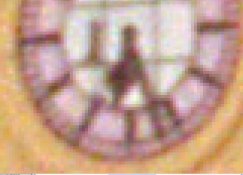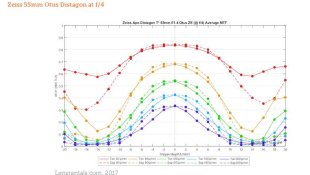warden
Member
Well... that's a good question isn't it? I realize, particularly in the film world, the The Print seems to be more important than the Negative-- for example, I've noticed a tendency in some to define characteristics of the negative in terms of the final print, which to me is a bit backwards. Or it's quantum physics, I'm not sure.
An example: Dave Heath used to fearlessly crop the ever lovin' life out of his 35mm negatives, turning some of them into 110 size, basically. This image is from my copy of Multitude, Solitude, which I highly recommend:

So the question is how do we digitize that little speck of a negative and print it the size that we need? The reason the final print size is so important is that it forces all other downstream imaging decisions, starting with the scanning equipment. And that can be very expensive and/or time consuming. If Heath's image needed to be the size of a postcard I'd do it myself with a Cooolscan, but if it needed to be printed 11X17" then I have no scanner that can do the job and would need to hire someone.
(Not that Heath bothered with any of this, because he was a darkroom badass. But we're talking computers and printers here.)
;-)







 .
.
